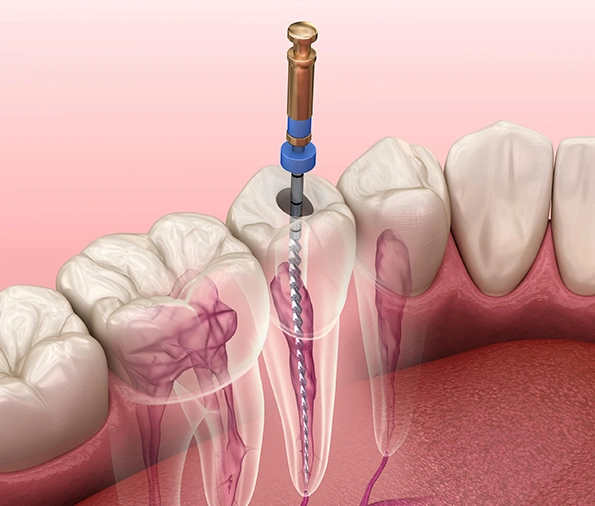
Periodontics
Coronado, CA
Periodontics refers to a dental field that focuses primarily on diseases and conditions affecting the gums and supporting tooth structures. Periodontists provide services in diagnosing, preventing, and treating patients with periodontal, gum, and other oral diseases. Periodontal treatment can greatly improve symptoms, reduce pain, and prevent further dental complications from arising.
Periodontal treatment is available at Coronado Dentistry & Pediatrics in Coronado and the surrounding area. We can help curb symptoms and keep oral diseases under control. Call us today at (619) 354-5136 to schedule an appointment or learn more about our services.
Signs Indicating Need for Periodontal Treatment
The most common cause of periodontal and gum disease is plaque buildup, often the result of poor oral hygiene habits such as inadequate brushing, flossing, and rinsing. Plaque eventually leads to tartar, a substance that eats away enamel and causes inflammation and infection. Tartar can also reach below the gum line, making the teeth harder to clean and maintain.
Other common risk factors include diabetes, hormonal changes in girls and women, medications that decrease saliva flow, certain illnesses, and genetics. According to the CDC, signs or symptoms related to periodontal disease include:
- Bad breath or bad taste that will not go away
- Red or swollen gums
- Tender or bleeding gums
- Painful chewing
- Loose teeth
- Sensitive teeth
- Gums that have pulled away from your teeth
- Any change in the way your teeth fit together when you bite
- Any change in the fit of partial dentures
Hard Tissue/Osseous Procedures
An osseous procedure is a periodontal treatment that reduces or completely eliminates bacteria living in pockets underneath the gums. explains that during the procedure , a surgeon cuts back the patient’s gums, removes the bacteria, and repairs damaged bone. Hard tissue procedures primarily curb the progression of gum disease but can also involve treating the enamel, dentin, and cementum.
In both hard tissue and osseous procedures, the primary goal is to remove bacteria from the pockets to prevent the spread of infection and disease. With advancements in modern dental technology, these procedures can be done using a laser that burns bacteria without coming close to the nerves, roots, or bone. Once the gums are reattached and sewn, they naturally heal and cling onto the tooth, slightly tighter than they were before.
Detecting Periodontal Disease
Stages of Periodontal Disease
Preventing Periodontal Disease
- Brush your teeth: Brushing after meals can help remove food debris and plaque trapped between the teeth and gums; especially if one thoroughly brushes the tongue.
- Floss: Flossing at least once a day can help remove food particles and plaque between teeth and along the gum line that your toothbrush cannot quite reach.
- Swish with mouthwash: Using a mouthwash helps reduce plaque and can remove remaining food particles that brushing and flossing missed.
- Know your risk: Age, smoking, diet, and genetics can all increase the risk for periodontal disease. If at increased risk, be sure to talk with the dental professional.
- See a periodontist: Get an annual comprehensive periodontal evaluation (CPE) from a dental professional. A CPE looks at the teeth, plaque level, gums, bite, bone structure, and other risk factors for periodontal disease. Identifying symptoms of gum disease early is key to protecting the teeth and gums.
Periodontal Surgery
In severe cases and advanced stages, some patients may require periodontal surgery to effectively remove an infection. Periodontal surgery consists of a variety of treatments that target different regions of the mouth. Surgical procedures include flap surgery, bone grafting, guided tissue regeneration, or soft tissue grafts.
During periodontal surgery, a small cut or cuts are made in the gums, lifting back a section of tissue. This allows the periodontist to remove tartar, bacteria, and infection from the gum sockets and the teeth. The gums are then reattached to fit more securely on the teeth. The entire process takes about two hours and the recovery period can take up to two weeks.